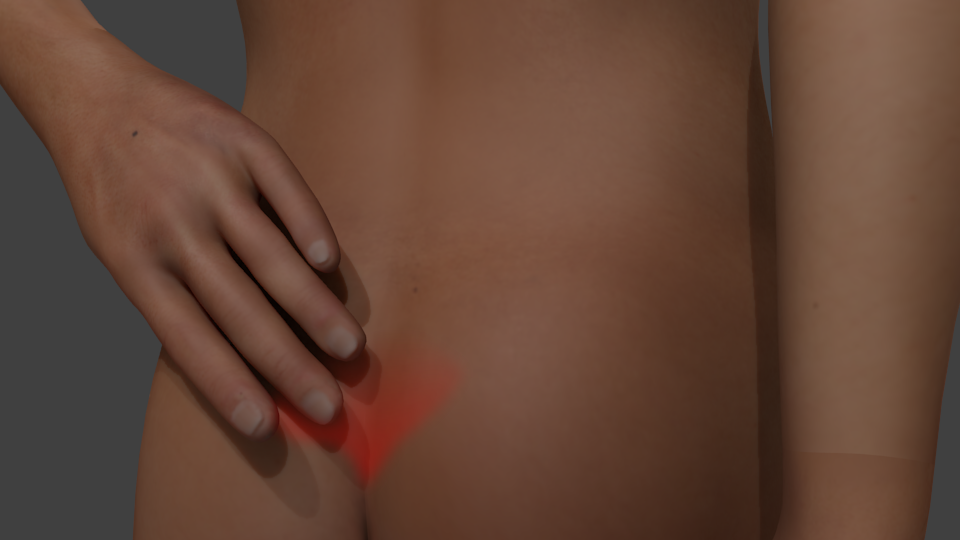18 Oct Interventional Pain Management for Lower Back Pain
Low back pain is a common problem that has social, clinical, and an economic impact on society. Around 15% of the U.S. population suffers from lower back pain at some time or the other. In an epidemiologic review study, risk factors for lower back pain include heavy physical work, static work posture, history of back pain, and genetics.
Luckily, Desert Interventional Spine Consultants offers lower back pain treatment for you or your loved one suffering from this condition. For many people living in pain from low back problems, finding relief can be a struggle. There is much trial and error involved in pain management treatment. Interventional pain management is one way to help patients cope with lower back pain.
 Lumbar Back Pain Causes
Lumbar Back Pain Causes
Conditions known to cause lower back pain include:
- Bulging or herniated disc – When a disc bulges out of normal alignment, it is a bulging disc. When the inner, soft matter of the disc escapes through a crack in the outer layer, it is a herniated disc. Both of these conditions cause nerve irritation and back pain.
- Lumbar spinal stenosis – The spinal canal narrows and the nerves that pass through this canal are inflamed and irritated.
- Spondylolisthesis – This occurs when a vertebral body slips forward over the bony vertebra below it.
- Spinal arthritis – This is a degenerative problem that affects the tiny facet joints along the posterior aspect of the spine.
- Spinal tumors – Abnormal growth of cells (masses) that can be benign or malignant.
Epidural Steroid Injection
This provides temporary relief of lower back pain. The doctor injections a corticosteroid onto or near the spinal nerves. This decreases nerve root irritation and pain. The injection involves using fluoroscopy, which means x-ray guidance is used to insert the needle near the nerves. The doctor will offer 2-3 injections, given in a series spaced apart.
Radiofrequency Rhizotomy
Using x-ray guidance, a needle with electrode gets heated. This heat and electric current turn of a nerve’s ability to send pain signals to the brain. Also called radiofrequency ablation, this procedure offers pain relief for up to 12 months. During this pain-free time, the doctor will likely recommend physical therapy to help you get back mobility and motion.
Intrathecal Pump Implant
Also known as a pain pump, the intrathecal pump implant provides potent medications straight to the pain source. The doctors at Desert Interventional Spine Consultants are skilled at the surgical technique involved in the intrathecal pump implant procedure. This lower back pain treatment is used when other procedures fail. The pump gets implanted under your skin, and the doctor programs the device to deliver small amounts of medication. A catheter runs from the pump to the spinal space (intrathecal) right outside the spinal cord. Because a tiny amount of the medicine provides adequate pain relief, the pump does not have to be refilled for weeks to months.
Electrical Stimulation
Electrical stimulation is a type of neuromodulation. Similar to a pain pump that is implanted in the body, the generator is placed under the skin of the lower abdomen or buttocks. The device sends mild electrical impulses to the brain, and this blocks pain sensations. Most patients report that the electric current is pleasant and describe a tingling sensation. The electrical stimulation is one of the last interventional measures tried concerning pain management.




Sorry, the comment form is closed at this time.